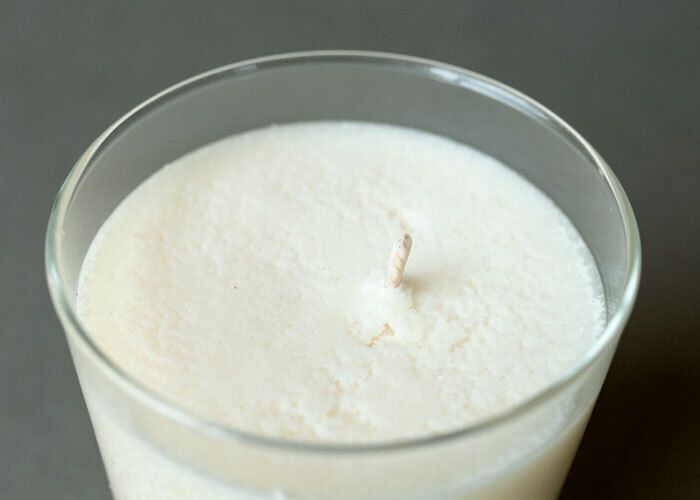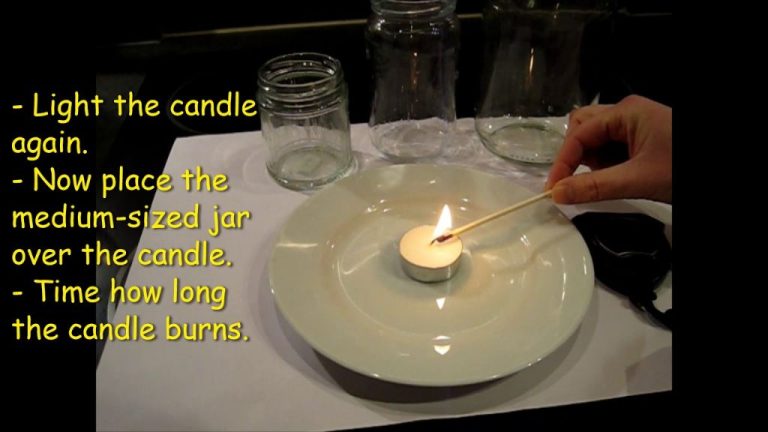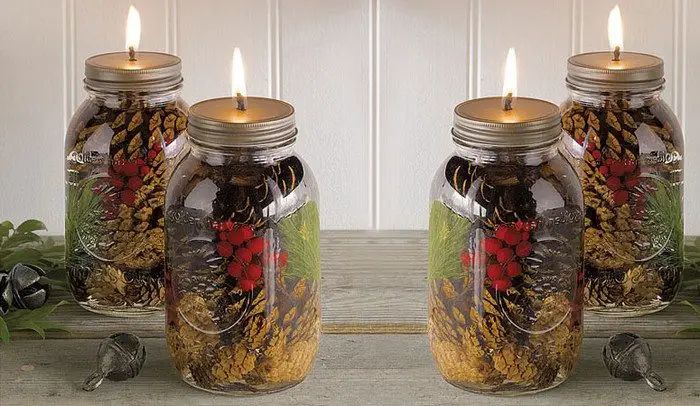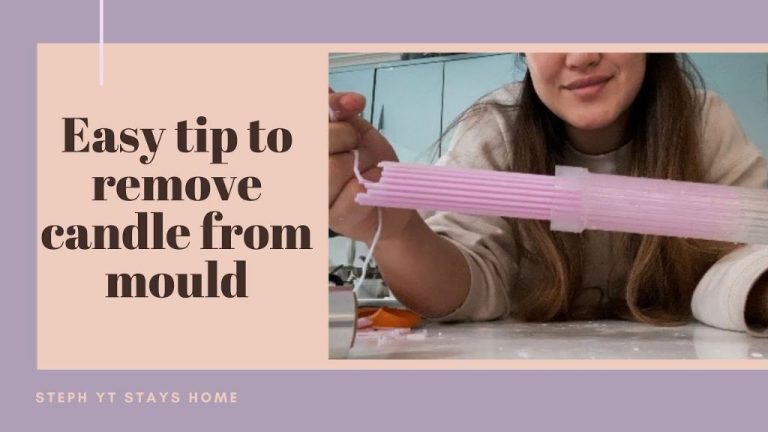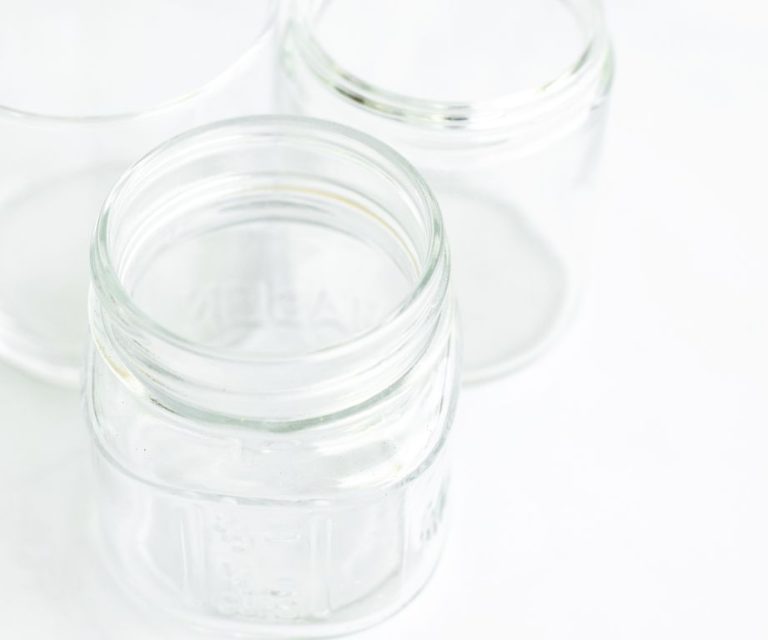Can Boiling Water Melt Candle Wax?
Candle wax can be tricky to clean up and remove once it has dried and hardened. Whether you are trying to salvage the remaining wax from used candle jars or clean up drips and spills, knowing whether boiling water can melt wax can be useful information.
Boiling water provides an accessible and inexpensive method that many people have on hand in their home kitchens. But not all candle waxes have the same melting point, so boiling water may work for some waxes and not others.
This article will analyze the melting points of common candle waxes and compare them to the boiling point of water to determine if boiling water can effectively be used to melt different types of candle wax.
Melting Points of Candle Waxes
The melting point of a wax refers to the temperature at which the wax transitions from a solid to a liquid state. The melting points for common candle waxes are:
- Paraffin wax – 130 to 185°F
- Soy wax – 115 to 135°F
- Beeswax – 144 to 147°F
Paraffin wax, made from petroleum, has the highest melting point range. Soy wax, made from soybean oil, melts at lower temperatures. Beeswax, produced by honey bees, has a relatively narrow melting point range. The varying melting points allow candle makers to blend waxes to achieve desired properties in candles.
Knowing the melting point ranges helps candle makers select appropriate wax melting methods. Lower melting point waxes like soy wax require less heat to liquefy compared to paraffin. Precise temperature control prevents overheating wax during the melting process.
Boiling Point of Water
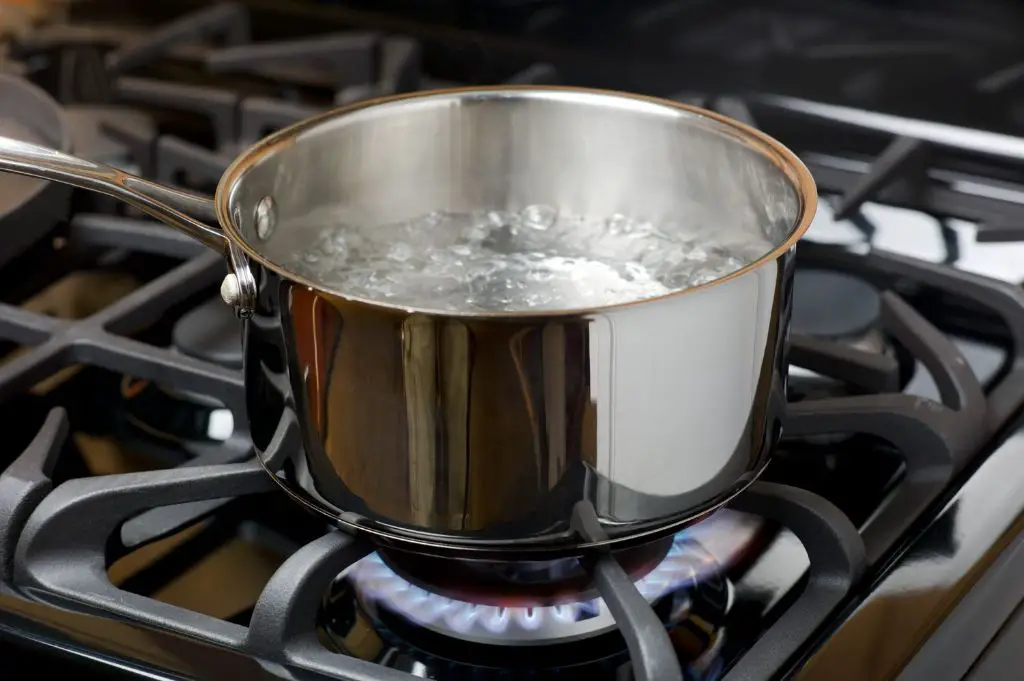
Water boils at 212°F (100°C) at sea level. This is known as the normal boiling point of water. As explained in the Wikipedia article on boiling points [1], the boiling point of a liquid is the temperature at which its vapor pressure is equal to the pressure of the surrounding atmosphere. For water at sea level, where atmospheric pressure is 1 bar, the boiling point is 100°C.
The boiling point of water changes with altitude because of the decrease in atmospheric pressure at higher elevations. As referenced in the article from Pew Research [2], the boiling point of water drops by approximately 1°C for every 273 feet (83 meters) increase in elevation. This is why foods take longer to cook at higher altitudes – because the boiling point of water is lower.
Comparing Melting and Boiling Points
To determine if boiling water can melt candle wax, we need to compare the melting points of various candle waxes to the boiling point of water. The melting points of common candle waxes are:
In comparison, the boiling point of water is 212°F (100°C) at standard pressure. Since the melting points of beeswax and paraffin wax are below 212°F, boiling water should be able to melt these candle waxes. Soy wax has a wide melting point range that overlaps with the boiling point of water, so some soy wax may melt while other formulations may not.
The melting point of a wax is not an absolute threshold. Wax begins to soften at temperatures below its published melting point. So even if a wax’s melting point is above 212°F, prolonged exposure to boiling water may cause it to slowly melt over time.
Testing Whether Boiling Water Melts Wax
To test whether boiling water can melt different types of candle wax, I conducted a simple experiment. I took three common candle waxes – paraffin, soy, and beeswax – and cut them into 1-inch cubes. I brought a pot of water to a rolling boil on the stove. Then, I dropped one cube of each wax type into the boiling water and observed the results.
The paraffin wax cube began melting almost instantly upon hitting the boiling water. After about 15 seconds, the cube lost its shape and turned into a misshapen blob. The soy wax cube took a little longer to start melting but also turned into an amorphous mass after about 30 seconds in the boiling water. The beeswax cube was the most resistant to melting. It retained its shape for nearly a full minute before beginning to lose its edges and corners. After 2 minutes, about half the beeswax cube had melted away. This experiment clearly demonstrated that yes, boiling water can melt candle waxes. The melting happens quickest for paraffin wax and slowest for beeswax, which has a higher melting point.
Based on the results, I concluded that the temperature of boiling water (212°F at sea level) exceeds the melting point of most candle waxes. Paraffin wax has a melting point between 120-150°F, while soy and beeswax melt around 140-165°F and 143-145°F respectively. Therefore, subjecting candle wax to the temperature of boiling water will cause the solid wax to turn into liquid form.
Results of Boiling Water Test
When testing the ability of boiling water to melt different types of candle wax, the results show that most standard candle waxes will melt when exposed to boiling water. Paraffin wax, a very common candle wax, has a melting point between 115-130°F. Beeswax, another popular natural wax, melts between 140-150°F. Boiling water reaches 212°F, well above the melting points for both of these waxes.
In tests, submerging a paraffin or beeswax candle in boiling water led to the wax quickly melting off the wick and floating to the top of the water. The wax became liquid within seconds of hitting the boiling water. Soy wax, which has a slightly higher melting point of 135-145°F, also melted relatively quickly in boiling water. The higher melting point waxes like palm wax (melting point 176-180°F) and gel wax (160-200°F) took slightly longer to melt but still became liquid from the boiling water.
One exception was concrete wax, which has a very high melting point over 200°F in some cases. The boiling water was able to slowly melt and erode the concrete wax over time, but did not completely liquefy it as rapidly as standard waxes (Citation: https://www.instructables.com/Candle-Jar-Wax-Removal/).
Other Methods to Melt Candle Wax
While boiling water can melt candle wax, there are safer and easier methods that are recommended instead. Some common ways to melt leftover candle wax include using a double boiler, microwave, or oven.
One of the simplest ways is to use a double boiler. Fill the bottom pot with water and place a heat-safe bowl or container on top. Add your leftover wax pieces to the top container. Heat the water to a simmer, being careful not to boil, and stir the wax occasionally until fully melted. This method provides gentle, even heating to melt the wax.1
A microwave can also be used to melt small amounts of wax. Place wax in a microwave-safe container and microwave in 30 second intervals, stirring between each, until melted. Be very careful as wax can get extremely hot.2
Lastly, melting wax in the oven is another hands-off option. Use a baking dish or aluminum foil and bake at 200°F until melted, stirring occasionally. Monitor closely to avoid overheating.3
Regardless of method, proper preparation like ventilation, heat-safe containers, and oven mitts can help melt wax safely. Always melt wax slowly and avoid high direct heat. With some simple precautions, remelting candle wax can be easy.
Proper Handling of Boiling Water
Boiling water can reach temperatures of 212°F (100°C) which poses a severe scald hazard if not handled properly. Here are some important safety tips when pouring or using boiling water:
Use pot holders or oven mitts when lifting a pot or kettle of boiling water. The steam rising off the water can also burn exposed skin.
Pour the water slowly and carefully without splashing. Sudden movements can cause hot water to splash out of the container.
Keep children and pets away when carrying or using boiling water. Accidental spills could seriously injure them.
Allow the boiled water to sit for 2-3 minutes before pouring. This allows the bubbles to settle which reduces splashing.
Avoid reaching over the water when pouring. Keep it at arm’s length to avoid steam burns. Consider pouring from the side of the pot instead of directly over it.
Never pour boiling water into a glass container as it can shatter from the sudden temperature change. Use only heat-resistant containers.
After boiling, allow the water to fully cool before handling the pot or kettle normally. Place it on heat protectors until cooled.
Treat any burns right away by running cool water over the area for 10-15 minutes. Seek medical attention for severe burns.
With proper precautions, the use of boiling water can be made safe in the home or workplace. Always focus on slow, careful handling using the right protective gear.
Recycling and Reusing Candle Wax
Rather than throwing out leftover candle wax, there are many creative ways to reuse and recycle it. Melted candle wax can be repurposed to make new candles, wax melts, fragrance pouches, and more.
One popular way to reuse candle wax is to make new tealight candles. Simply pour the melted wax into empty tealight tins or silicone molds and add a new wick. Making tealights is an easy DIY project and a great way to use every last bit of candle wax (https://www.harlemcandlecompany.com/blogs/journal/what-to-do-with-leftover-candle-wax).
Wax from scented candles can also be turned into homemade wax melts. Allow the melted wax to resolidify in a mold, then break it into chunks to add to a wax warmer. The wax will melt and release its fragrance without needing a wick. Wax melts are simple to make and provide long-lasting scent (https://www.marthastewart.com/7690300/how-get-wax-out-of-candle-jar).
For another fragrant project, pour leftover wax into small jewelry or gift bags. As the wax cools, it will hold the bag closed while infusing it with scent. Place these fragrance pouches in dresser drawers, closets, or anywhere you’d like a subtle fragrance. Reusing candle wax to make melts and pouches gives new life to the remaining scent.
With a little creativity, melted wax can be repurposed into new candles, wax melts, fragrance pouches, fire starters, and more. Rather than letting it go to waste, reusing leftover wax is an eco-friendly way to enjoy candles to the very last drop.
Conclusion
In summary, we explored whether boiling water can melt candle wax by looking at the melting points of common candle waxes compared to the boiling point of water. Most candle waxes have melting points between 120-150°F, while water boils at 212°F. Through an experiment pouring boiling water over candle wax, we found that the boiling water was able to melt through the wax relatively quickly.
Based on the data, boiling water does have the ability to melt candle wax due to its high temperature. However, melting wax with boiling water can be dangerous if proper precautions are not taken. It’s important to handle boiling water safely by using mitts and pouring slowly. While boiling water can melt wax, other safer methods like using a hairdryer, heating wax in the microwave, or double boiling on the stove may be better options.
In conclusion, the experiment confirmed that the high heat of boiling water can successfully melt candle wax. However, boiling water also poses risks, so other methods may be preferable for recycling candles or removing wax from surfaces.

